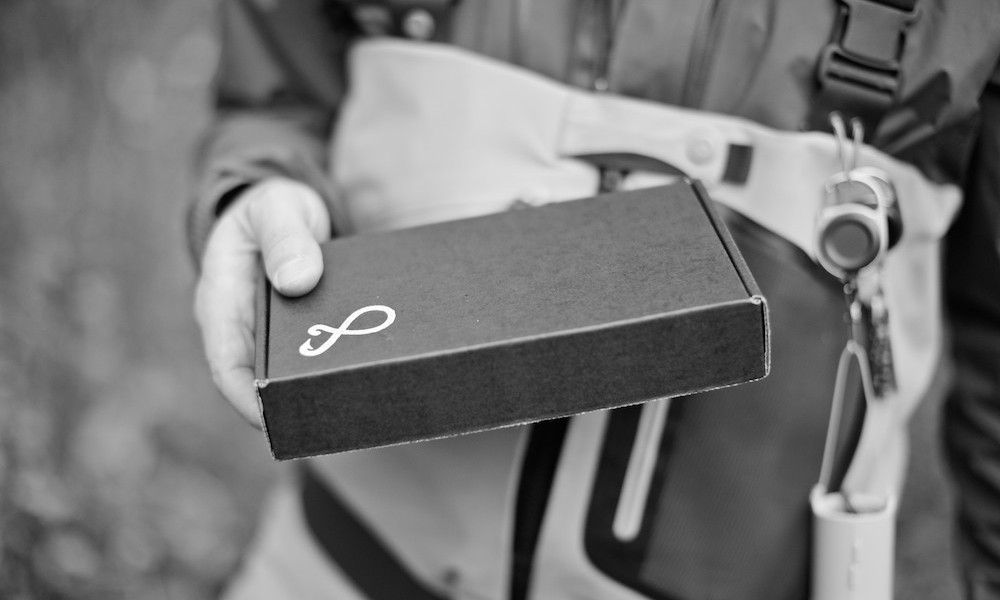It’s getting warmer (however slowly), which means it’s almost time for board shorts and cold ones with your friends down by the water. It also means bass have started to spawn or are almost done spawning, which means you need to adjust your tactics to keep catching in the changing conditions. Luckily for Postfly subscribers, April’s warmwater wooly bugger box has everything you need to hook into your springtime slob.
Fly anglers can use these patterns to imitate a fish intruding a bass’ spawning area; just like why spin anglers are throwing jerkbaits right now. Fly anglers have the advantage though, as this hand-tied pattern is more life-like and more effective than any hard-plastic lure.

When And Where
Finding fish is easier as the water warms past the spawning threshold, as bass beds will likely be easy to spot near the shallows and near structure. Even though the bass are likely to be finished spawning, bluegill and shad are about to start spawning now, which means beds will still be a hot commodity for the next few weeks.
Look for shallows, between 5-10ft, most likely located right next to deeper water. The big bass, the females, will likely be resting and hiding under heavy cover nearby, especially docks, bushes, wood or boulders. Imitating the shad will also be a key tactic, as bass will be looking to consume major calories to refuel after the spawn.

Work That Magic Fly
To choose the right wooly bugger from your warmwater Postfly box, look to the conditions and the water clarity. If the water is clear or the sun is bright, the White Bugger will let you imitate a spawning shad, without spooking the fish. Instead of a steady retrieve, try twitching and shaking the fly like an injured baitfish.
If the water isn’t so clear or there’s more cloud cover, the Autumn Bugger , the Conehead Rubber Bugger or the Brown Wooly Bugger will all be effective at imitating a cruising bluegill or sunfish looking for a bed. The vibrant and hatch-matching colors of these patterns will make them standout in the conditions and trigger violent reaction strikes from nearby bass.
When the sun goes down or if you’re on dawn patrol, switching to the Black Conehead Bugger, Aggressive Bugger or the Chart Bugger will let bass continue to feed in low light. The big girls that are going to be resting during the day will also be more likely to come out in these darker conditions, so hang on for a wild strike.
Not a subscriber? Don’t miss out on having the right fly for the current season by signing up today!

